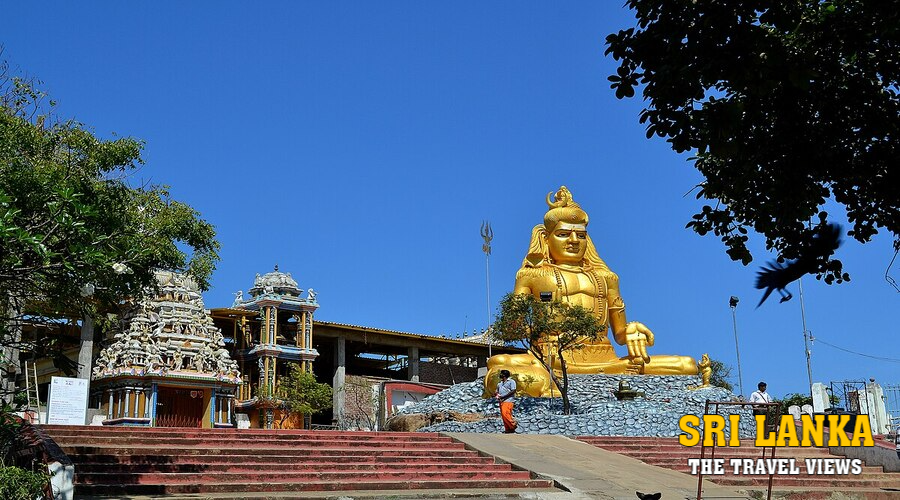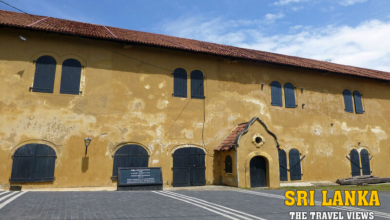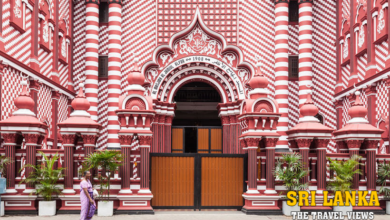Koneswaram Temple
Introduction
The Thirukoneswaram Kovil, sometimes called the Koneswaram Temple, is a monument to Sri Lanka’s rich religious and architectural heritage. Situated in the coastal town of Trincomalee, this historic Hindu temple has a centuries-long history that is intricately woven into the local culture. We shall examine the historical relevance, architectural and ongoing religious and cultural significance of Koneswaram Temple in this thorough review. We wish that we will discover more about the temple’s significance in the lives of worshippers.

The temple’s architecture is a work of art that appeals to both experts and enthusiasts. The original design, known as the “Temple of the Thousand Pillars,” featured a thousand stone pillars. Its complex houses a vast central hall, several lesser temples, and an elaborate central sanctum dedicated to Lord Shiva, all awaiting the committed and the curious. This coexistence reflects Sri Lanka’s essence, with different religious traditions peacefully coexisting for decades.
Historical significance of Koneswaram Temple
The history of Koneswaram Temple is an amazing trip through time that demonstrates the temple’s lasting spiritual and cultural significance to the people of Sri Lanka. The temple’s foundation dates are the second century BCE, when King Mahasena was in power.
The Koneswaram Temple has seen cycles of renovation and devastation over the ages.

The Portuguese demolition of it in the seventeenth century was one of the most notable examples. Rebuilt and redesigned by succeeding generations, the temple has persevered in standing as a symbol of fortitude in the face of adversity. It is evidence of the devoted followers’ unwavering faith and respect that have preserved its customs.
Cultural and religious significance Koneswaram Temple
In Sri Lanka, the Koneswaram Temple is extremely important both religiously and culturally. It is devoted to Lord Shiva, one of Hinduism’s main deities. Travellers from all over the world, including Sri Lanka, come to this hallowed location to worship and ask for blessings. The temple’s yearly festivals and customs are colourful events that bring the Hindu community together and demonstrate the intensity of their devotion.

The location of Koneswaram Temple is what elevates it even further. The temple, perched atop Swami Rock, a rocky peninsula facing the Indian Ocean, provides stunning views of the Trincomalee harbor and the surrounding coastal area. In addition to enhancing the spiritual experience for followers, this picturesque site draws vacationers and history buffs.
For generations, religious diversity and cohabitation have existed in Trincomalee. Despite being a Hindu site, Koneswaram Temple coexists in the area with Buddhist and Christian shrines. This coexistence reflects the essence of Sri Lanka, where different religious traditions have peacefully coexisted for decades.
Conclusion
In summary, Koneswaram Temple is more than just a religious site; it is a dynamic representation of Sri Lanka’s rich cultural heritage and undying faith. Its history of devastation and regeneration demonstrates the tenacity of a people committed to safeguarding its legacy. The temple is a genuine jewel along Sri Lanka’s coast because of its stunning setting and opulent architecture. Moreover, its function in fostering religious harmony in the area serves as a potent reminder of the harmony that may be attained in the face of difference. The Koneswaram Temple continues to stand for religious harmony, cultural pride, and spiritual devotion in a historically varied country.







